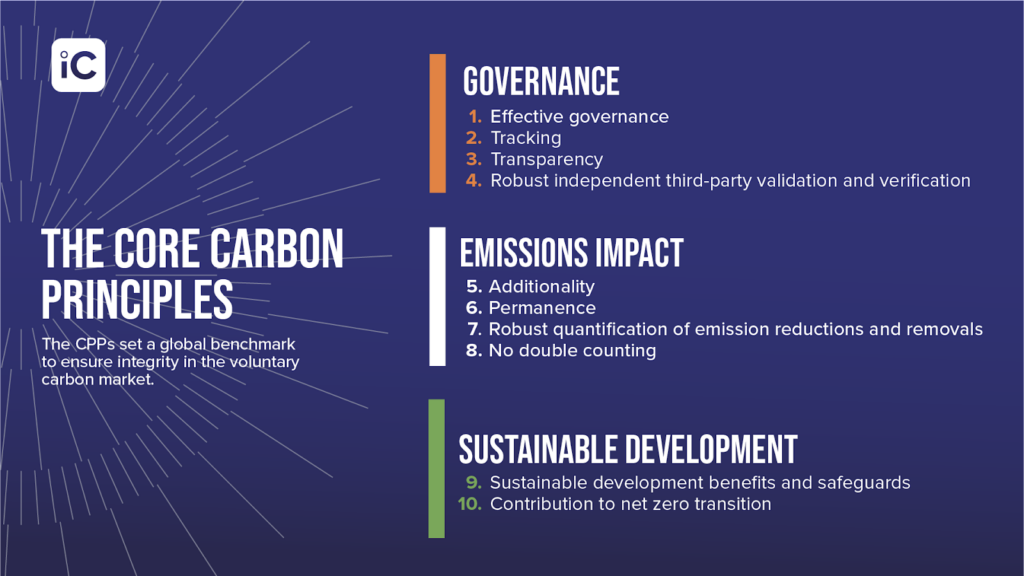Investing in the Future: The Role of Regenerative Finance in Climate Action
Climate change is one of the most pressing issues of our time, and it requires bold and innovative solutions. One such solution is regenerative finance, which seeks to transform the financial system to support a sustainable and just economy.
In this blog post, we’ll explore the concept of regenerative finance and how it can help us address the climate challenge we face.

What is Regenerative Finance?
Regenerative finance is a new approach to finance that seeks to regenerate natural and social systems, rather than extract value from them. It is a holistic and systems-based approach that recognizes the interconnectedness of financial systems with social and ecological systems. This approach seeks to create a regenerative economy that is resilient, equitable, and sustainable.
Regenerative finance is based on the principles of regenerative agriculture, which focuses on restoring soil health, biodiversity, and ecosystem function. In the same way, regenerative finance seeks to restore the health of the financial system, which has become extractive and disconnected from the real economy. It aims to create a financial system that supports regenerative practices and fosters community resilience.
How can Regenerative Finance Help the Climate Challenge?
The financial system has a powerful role to play in addressing the climate challenge. It can either perpetuate the extractive and unsustainable practices that have led to the crisis or support the transition to a sustainable and just economy. Regenerative finance offers a path towards the latter.
One way regenerative finance can help the climate challenge is by directing investment towards regenerative practices. This includes investing in renewable energy, regenerative agriculture, and sustainable infrastructure. These practices can help reduce carbon emissions and promote ecosystem health, while also creating jobs and economic opportunities.
Regenerative finance can also support community resilience in the face of climate impacts. As the climate crisis intensifies, communities will face increasing risks and vulnerabilities. Regenerative finance can help build community resilience by providing financial resources for adaptation and mitigation measures. This includes investing in green infrastructure, disaster preparedness, and community-led initiatives.
In addition, regenerative finance can help address the social inequalities that are exacerbated by the climate crisis. Marginalized communities, including low-income communities and communities of color, are often the most vulnerable to climate impacts. Regenerative finance can support these communities by providing access to affordable financing for sustainable housing, energy efficiency upgrades, and other resilience-building measures.
The climate challenge requires bold and innovative solutions, and regenerative finance offers a promising approach. By transforming the financial system to support a regenerative economy, we can create a more sustainable and just future for all. This approach can help reduce carbon emissions, promote ecosystem health, build community resilience, and address social inequalities. It is time to embrace regenerative finance as a key strategy for addressing the climate challenge we face.


